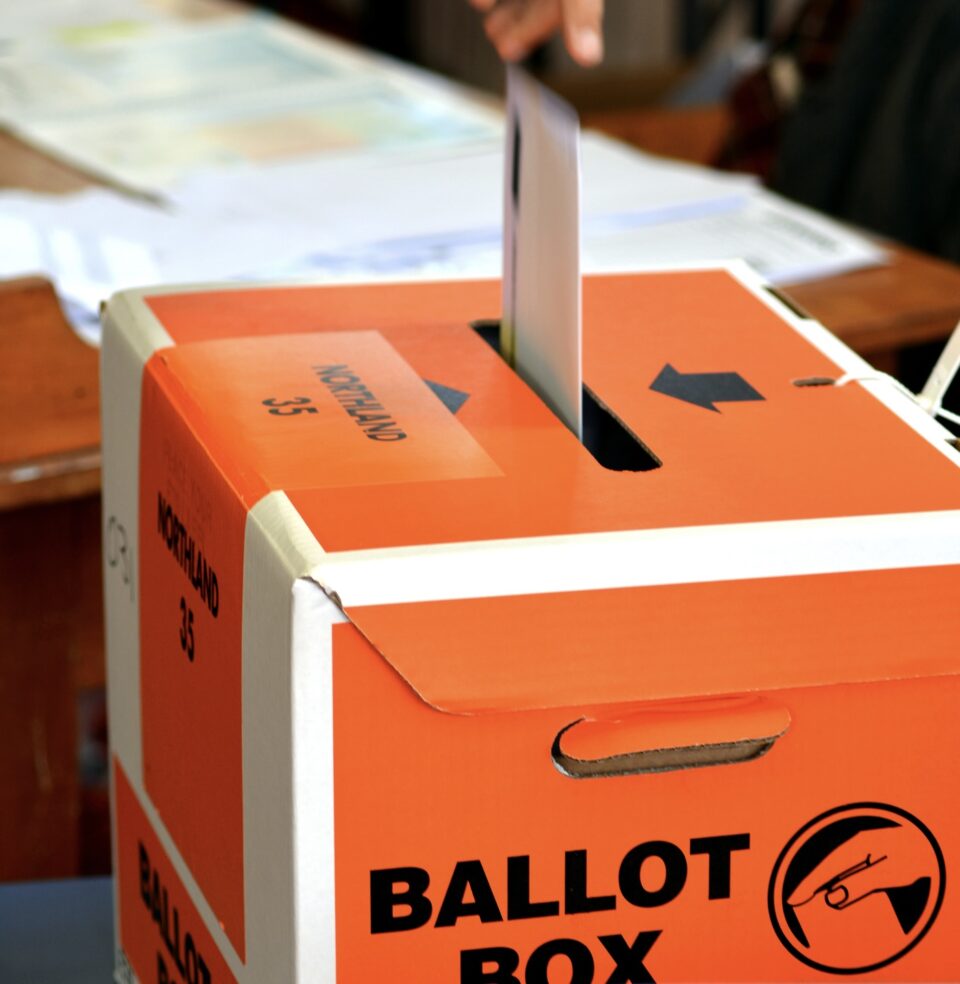By Peter Dunne, September 28, 2023.
Chris Hipkins demonstrated enthusiasm borne of desperation in the second leaders’ debate this week [televised on the evening of September 27].
After his lack lustre performance in the first debate and on the campaign trail generally, he needed to. But, it is still unlikely to be enough to reverse Labour’s declining fortunes.
What was notable about Hipkins’ performance was his focus on National’s policies and record when last in office, rather than his government’s achievements or plans for a further term in office.
It looked an implicit recognition that a change of government is likely, a quite remarkable concession from an incumbent Prime Minister.
Christopher Luxon, on the other hand, was the same figure he was in the earlier debate – on-message to an almost semi-robotic extent, largely unflustered by Hipkins’ barbs, and solid without being spectacular.
While he had his moments, he did not land any telling hits on Hipkins. But, he did not need to. Given National’s position in the polls, all he had to do was look and sound like a Prime Minister-in waiting, which he did.
He still had some weak moments – his unconvincing comments about working with New Zealand First stand out especially – but overall, his performance was a satisfactory one. Unlike Hipkins who is fighting frantically to recover lost territory, Luxon’s task now is to consolidate the ground he has already gained, meaning he does not need to be as frenetic as Hipkins is now becoming.
In fairness to Hipkins, though, Labour’s decline in public support is not all his fault. Eight months ago, he inherited a government that had already lost the confidence of a sizeable chunk of the population.
Analysis of all the opinion polls shows that Labour’s support has been in freefall for the last two years.
In October 2021 Labour was averaging almost 43 percent in the polls – today it is averaging just under 27 percent. When Hipkins took over in January this year Labour’s rolling average support was just under 30 percent, about three percentage points higher than today. The important point to note is that the big plunge in Labour’s support occurred between October 2021 and the end of 2022 when Dame Jacinda Ardern was still Prime Minister.
There was a brief honeymoon resurgence of support for Labour in Hipkins’ first few weeks as Prime Minister while the policy bonfire was underway, although that was nowhere near back to October 2021 levels. It began to ‘peter-out’ from late April this year and as the election nears, now seems to be plummeting.
There are three possible explanations for this trend.
First, it is clear the main damage to Labour’s re-election prospects was done from the middle of 2021, almost eighteen months before Hipkins became Prime Minister.
In hindsight, the Government’s perceived slowness in winding back pandemic restrictions, alongside the mounting cost-of-living crisis brought about rising levels of public discontent. Compounding that was the second Auckland lockdown, which Ardern promised would be “short and sharp”, but which went on for over four months.
Then, Covid Minister Hipkins’ comments at the time that Aucklanders might to have book times to leave the city for their summer holidays was a final straw. Labour’s average poll support fell over six percent between then and the end of the Parliament occupation in February 2022, while National’s support rose nearly 10 percent over the same time.
Second, Labour’s rise in support during Hipkins’ first few weeks as Prime Minister when the policy bonfire was burning – suggested people might have been prepared to give him a chance. However, when it became clear that the bonfire was simply about getting unpopular policies off the table, without replacing them with more popular alternatives, the freefall in Labour’s support resumed.
The various policy announcements Hipkins has made during the election campaign have simply raised the retort that why is Labour only promoting these policies now, when it has had the best part of six years in office to have implemented them.
The third reason for the long-term decline in Labour’s support has been the rise of National since Luxon took over as party leader at the end of November 2021.
At that time, National was averaging just under 27 percent in the polls, about 12 points lower than Labour, and still well short of the numbers need to form a government.
Since then, the positions have almost reversed – National’s average support has risen 10 percent, while Labour has fallen by around 13 percent.
The inexorability of Labour’s long-term decline is what is fuelling the belated aggression in Hipkins’ approach as seen in the second leaders’ debate.
But, the long-term trend of declining Labour support, means that realistically he will not be able to overturn that trend in the little over two weeks until the election. With current polls suggesting half Labour’s current MPs will lose their seats, Hipkins’ new aggression is far more likely to be about saving as many of them as possible, to give Labour a reasonable chance of being a viable Opposition.
Consistent with that, and as last night’s debate showed, Hipkins’ strategy now is to tear as many holes as he can in Nationals’ policies rather than to promote his Government’s own plans, let alone its achievements.
The toughest thing for Hipkins though, as the polls show, is that Labour was doomed long before he became Prime Minister. Nevertheless, as is the way with politics, he is the one who will have to shoulder the blame for its looming defeat.


Parting words from Jeremy Sole- a final column